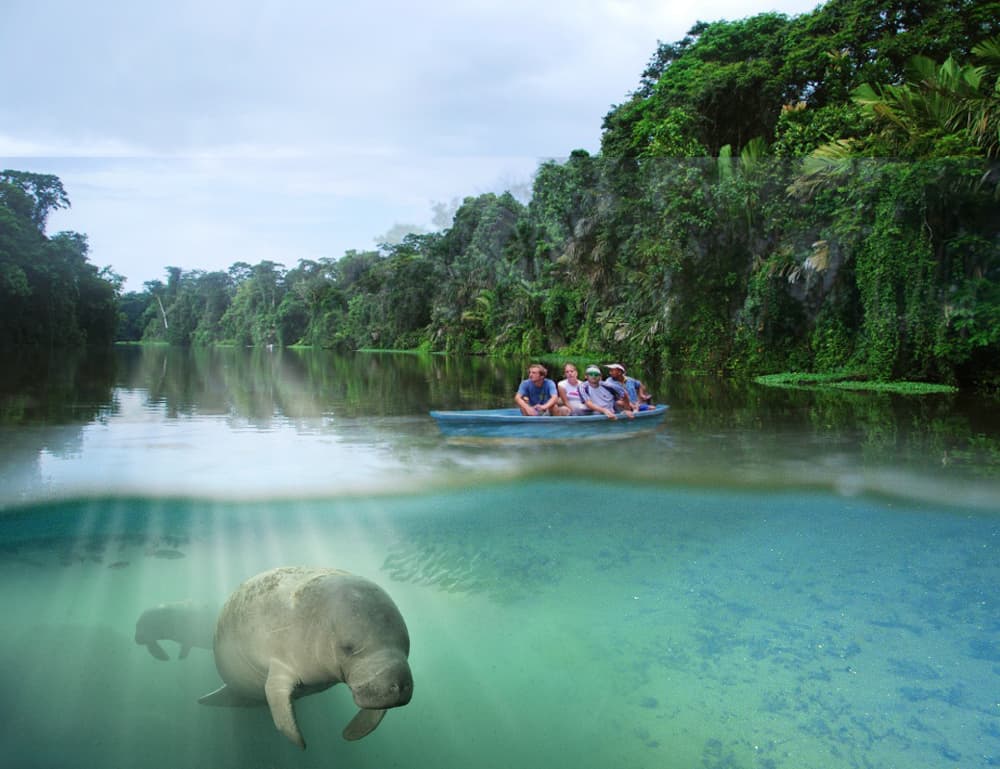MIAMI, Florida — The West Indian manatee, or sea cow, should no longer be considered an endangered species because its population has rebounded, particularly in Florida, U.S. officials said Thursday.
The tubby, grayish brown marine mammals were listed as endangered almost 50 years ago, after being killed mainly due to overhunting and collisions with boats.
“The manatee’s recovery is incredibly encouraging and a great testament to the conservation actions of many,” said Cindy Dohner, the U.S. Fish and Wildlife Service’s southeast regional director.
When aerial surveys began in 1991, officials counted 1,267 of them in Florida, the Fish and Wildlife Service said.
Now there are more than 6,300 in Florida alone, and the entire population is estimated at 13,000 manatees in its range which includes the Caribbean and the northern coasts of Colombia, Venezuela and Brazil.
The Fish and Wildlife Service said “significant improvements in its population and habitat conditions and reductions in direct threats” have helped propel the population in Florida 500 percent higher in 25 years.
Therefore, the agency has proposed downgrading the underwater grass-eaters to “threatened.”
Under U.S. federal law, an endangered species is “currently in danger of extinction throughout all or a significant portion of its range.”
A threatened species “is likely to become endangered within the foreseeable future,” the FWS said.
The proposal is open to public comments until April 7.
Manatees feed on sea grasses and must come above water to breathe every 15 minutes or so.
They can reach 13 feet (4 meters) in length and weigh up to 1,300 pounds (600 kilograms).
Their lifespan tends to be about 40 years.
Some conservation groups, such as the Save The Manatee Club, oppose the idea of downgrading the creatures’ status because they say many threats still remain, and death counts have been high in recent years.
From 2010-2013, 2,441 manatees died in Florida waters, Save the Manatee Club said.






